80-82 Cao Duc Lan, District 2, HCMC, Vietnam
+84 76 865 6688
info@beetech.com.vn
+84 76 865 6688
About us
Contact us
80-82 Cao Duc Lan, District 2, HCMC, Vietnam
+84 76 865 6688
info@beetech.com.vn
+84 76 865 6688
About us
Contact us

What is a hard RFID tag?
RFID (Radio Frequency Identification) is a technology that identifies objects using radio waves and is part of the automatic identification and data capture (AIDC) family. This technology allows businesses to quickly and efficiently identify, track, and manage assets, goods, or people.
An RFID system consists of three main components:
RFID technology operates at various frequency bands, with the most common being:
Each frequency band is suited for different applications and reading distances.
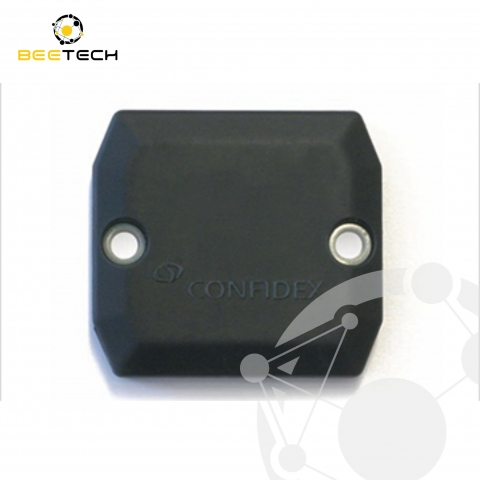
A hard RFID tag is an RFID tag encased in a durable plastic shell, designed to withstand impacts, high temperatures, moisture, and chemicals—ideal for use in harsh industrial environments.
A standard RFID tag includes:
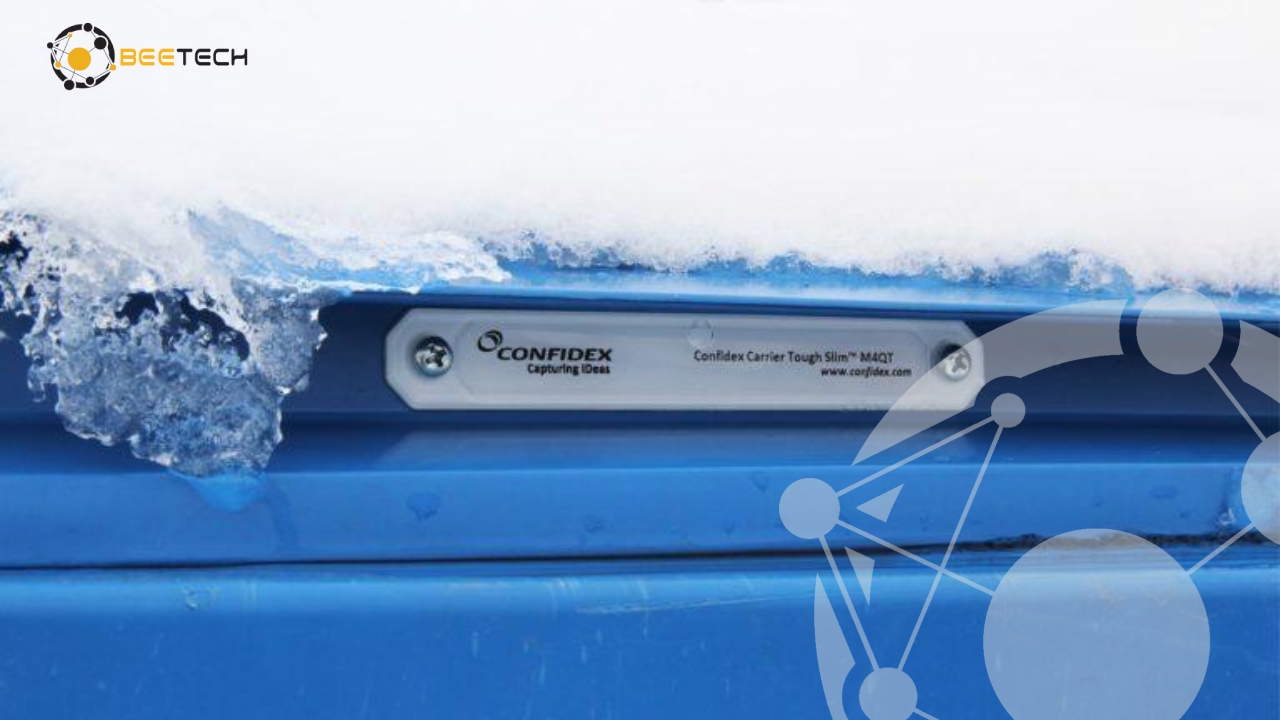

They are used to identify, track, and manage assets, control access, support supply chains, and monitor operations in modern systems.
It’s extremely difficult, as each tag contains a unique identifier, especially when combined with secure software authentication.
Selecting the right hard RFID tag maximizes your investment and operational efficiency.
Hard RFID tags are a smart choice for applications that require high durability and stable performance in industrial environments. With their rugged design, high customization, and advanced RFID technology, they are an essential solution for digital transformation and process automation.
Contact Beetech today for expert advice and a full range of RFID solutions—from hard tags and flexible labels to integrated software and readers—helping your business operate with greater accuracy, efficiency, and long-term success.
📧 Email: info@beetech.com.vn
🌐 Website: https://beetech.com.vn

See more products: Here


RFID and Digital ID – Revolutionizing the Food Industry Supply Chain
13/05/2025 09:23:01
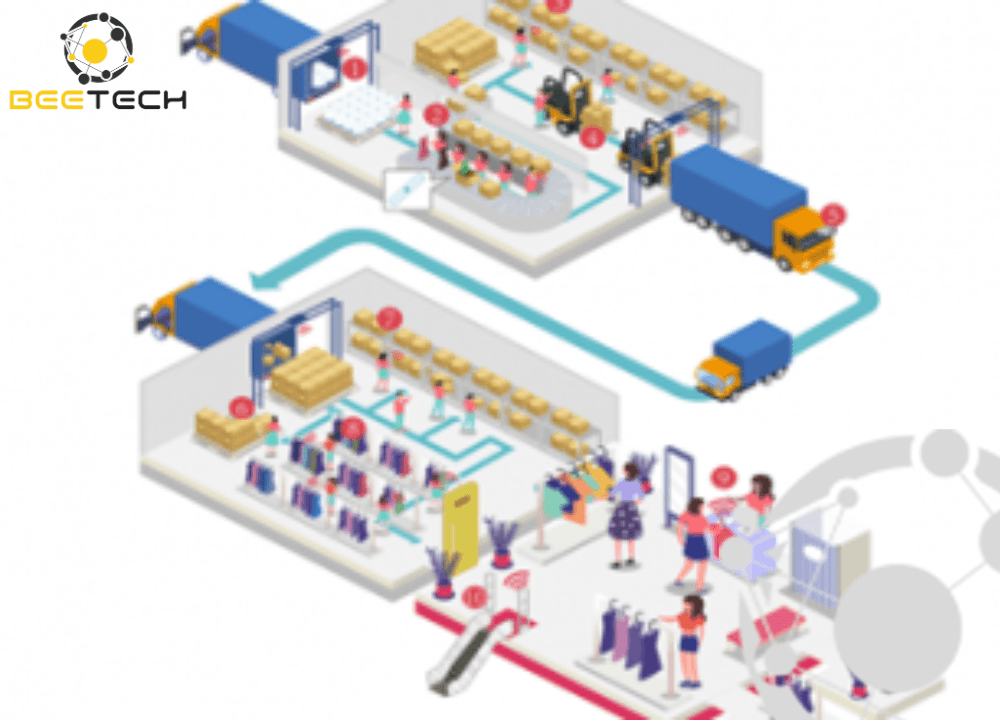
Why should RFID tags be used in garment industry management?
13/05/2025 07:29:06
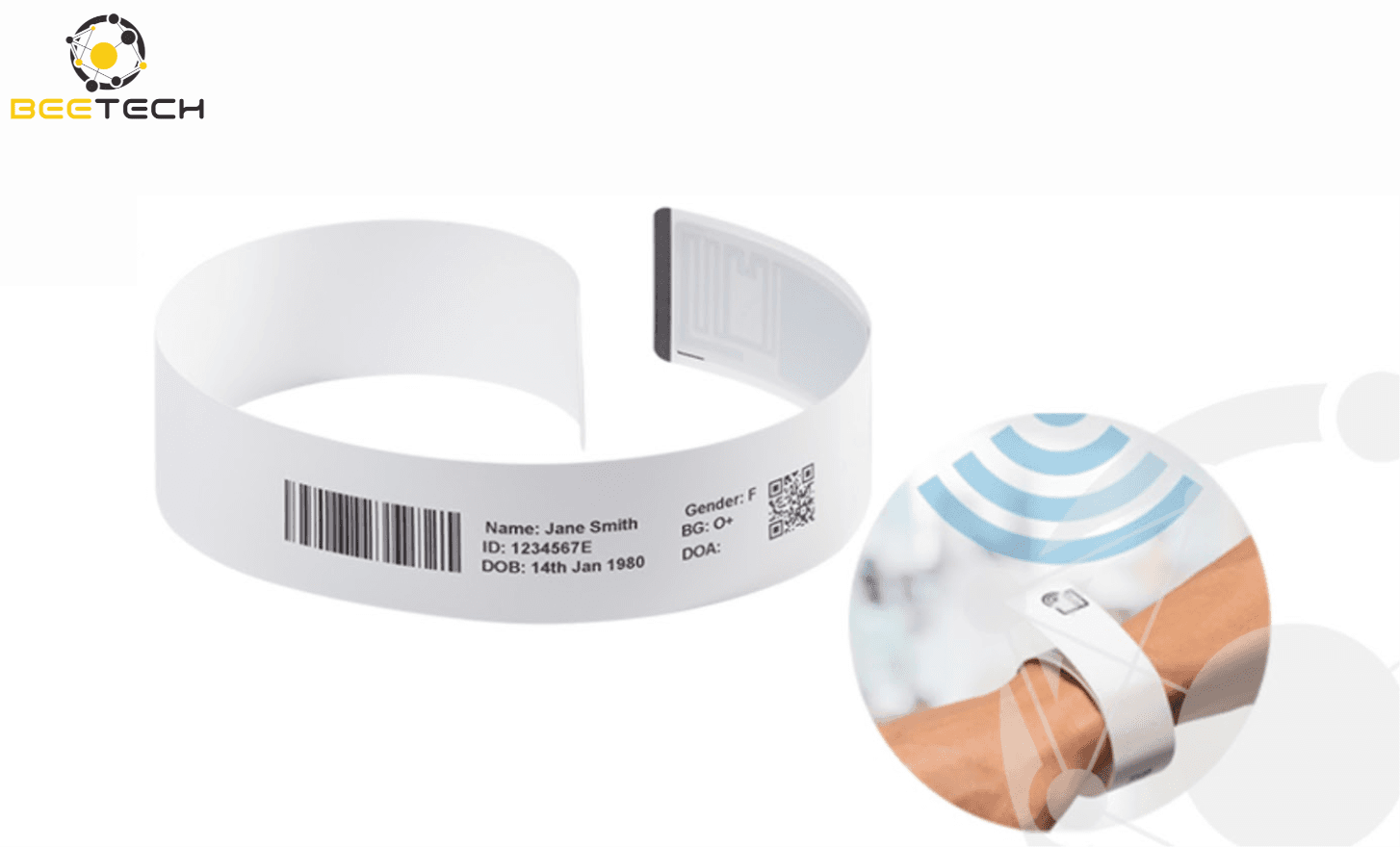
What is an RFID Wristband? Top 5 Reasons to Use an RFID Wristband
09/05/2025 07:05:15
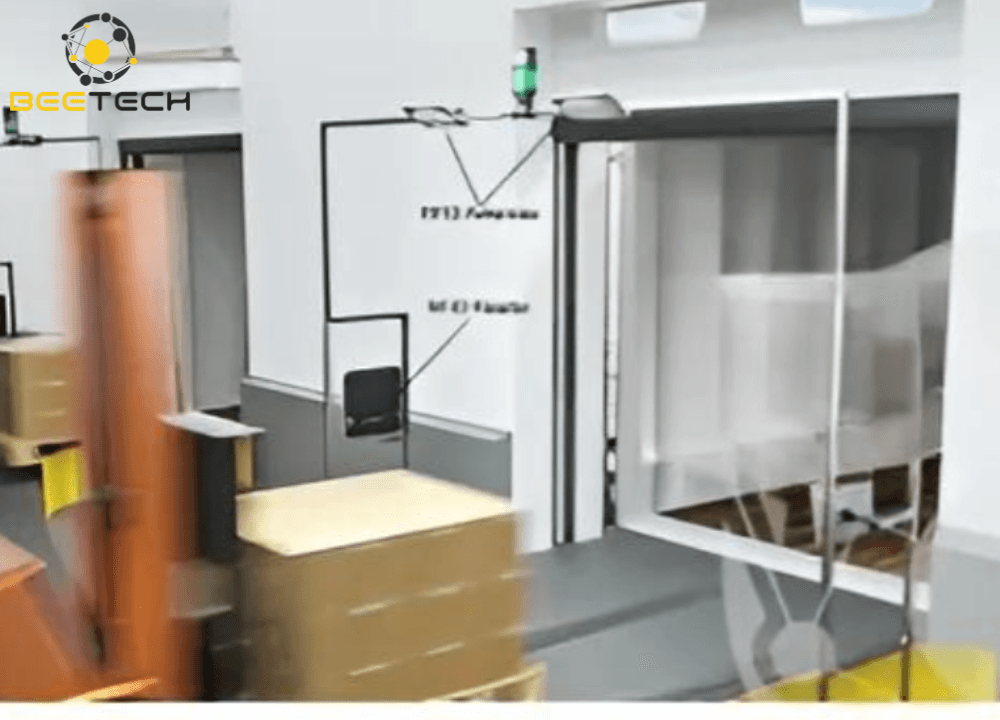
What Is an RFID Gate System and How Does It Work?
09/05/2025 03:51:53

The Role of RFID in Healthcare
09/05/2025 02:55:55

What is RFID and why does it help manage inventory more accurately and efficiently?
06/05/2025 03:09:45